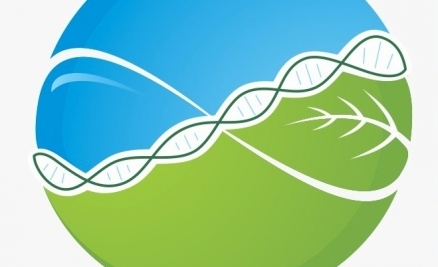LEEP

The LABORATORY OF ECOLOGY AND PLANTS EVOLUTION (LEEP) (http://www.leep.ufv.br/en-BR/leep) began in 2002 from the physical space optimized by a sequence of reforms. The team works in different neotropical ecosystems, mainly in the areas of the Atlantic Forest, the Cerrado and the Amazon Forest with a focus on communities, ecosystems, landscapes. Several partnerships with the private sector allowed extensive natural areas of Atlantic Forest, Cerrado and Mussununga to become reserve reserves, many of which were monitored for dynamics studies. Since 2006, LEEP has started international collaborations to carry out projects with the University of Lisbon, Portugal; Consejo Superior de Investigaciones Cientificas, Spain; University of Münster, Germany and University of Coimbra, Portugal. The hiring of professors Andreza Viana Neri and Pedro Bond Schwartsburd as well as the collaboration with Profa. Cibele Amaral, from the Department of Forestry, a specialist in hyperspectral foliar spectroscopy, gave final forms to LEEP with studies focused on functional diversity and plant phylogenetic ecology. With the help of undergraduates, postgraduates and postdoctoral students, LEEP currently has inserts in Latin America, Europe, North America and Australia. The collaborations are in the areas of ecology and evolution of plants, from vegetation studies with functional and phylogenetic approaches to molecular biology with application in evolution, systematics and phylogeography. LEEP has a field of materials screening from the field campaigns (dirty lab), two multipurpose laboratories / seminars room for undergraduate and graduate students, warehouse and offices with computational infrastructure for the long calculations of large databases for postdoctoral students and teachers. It has a hyperspectroscopy laboratory with a hyperspectral spectrophotometer FIELDSPEC 4, cutting edge equipment for functional studies of plants.
The LEEP LOGO represents the environment and plants in ecological processes.
It represents the duality of the abiotic factors represented by the luminous sky and the drop of water,
which are contrasted with the biotic factors of the green surfaces of the vegetation and the leaf.
The DNA strand, the most shared character among living beings, integrates the abiotic world and
the biotic world linking the forces interacting ecologically and evolutionarily.
The sign of infinity means the fundamental goal of finding means of sustainable coexistence of humans
with biodiversity.
LEEP colleagues, use the logos in your presentations!
DOWNLOAD THE LEEP LOGOS BELOW.
DOWNLOAD THE UFV LOGO BELOW.